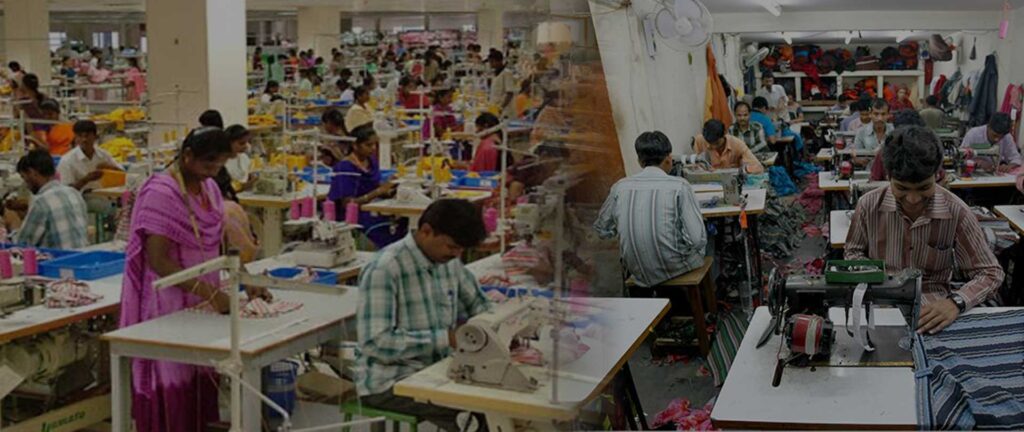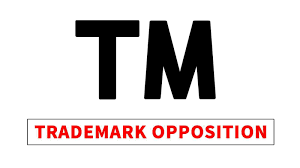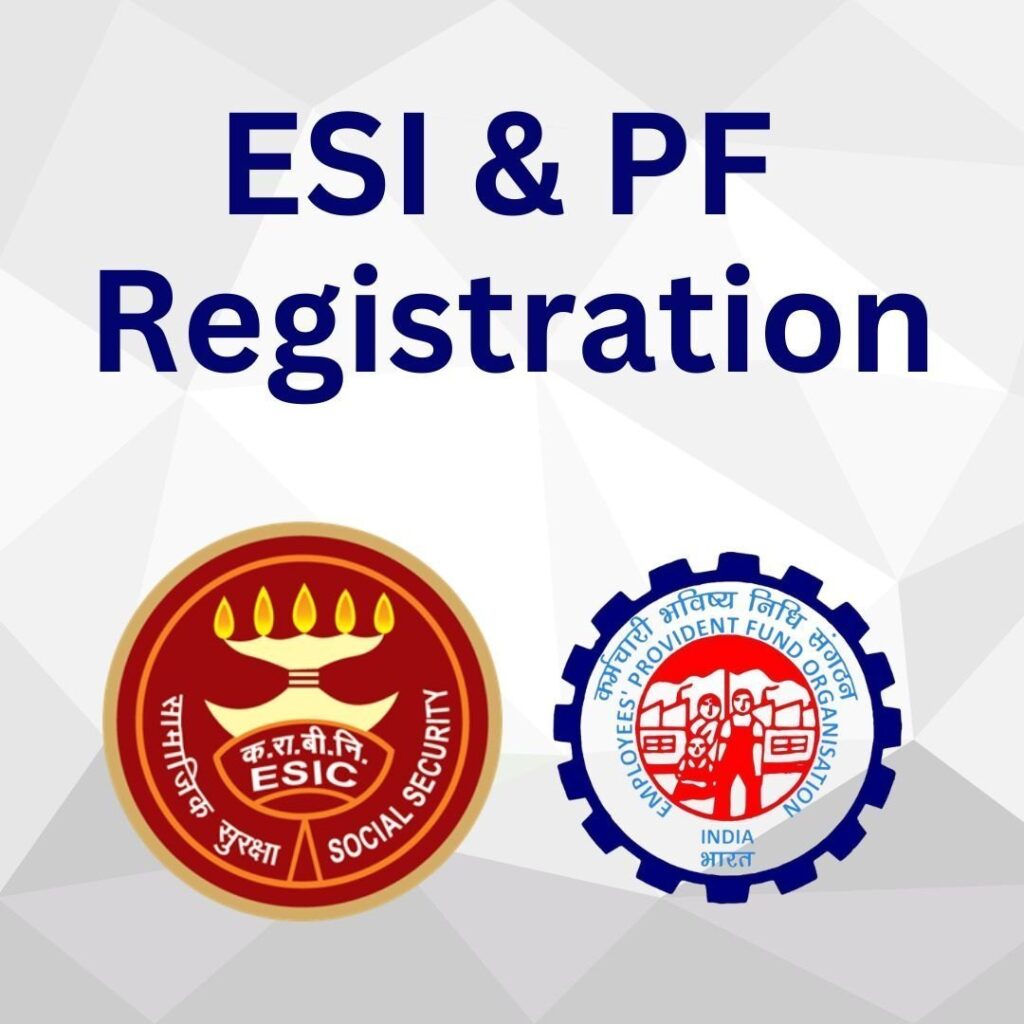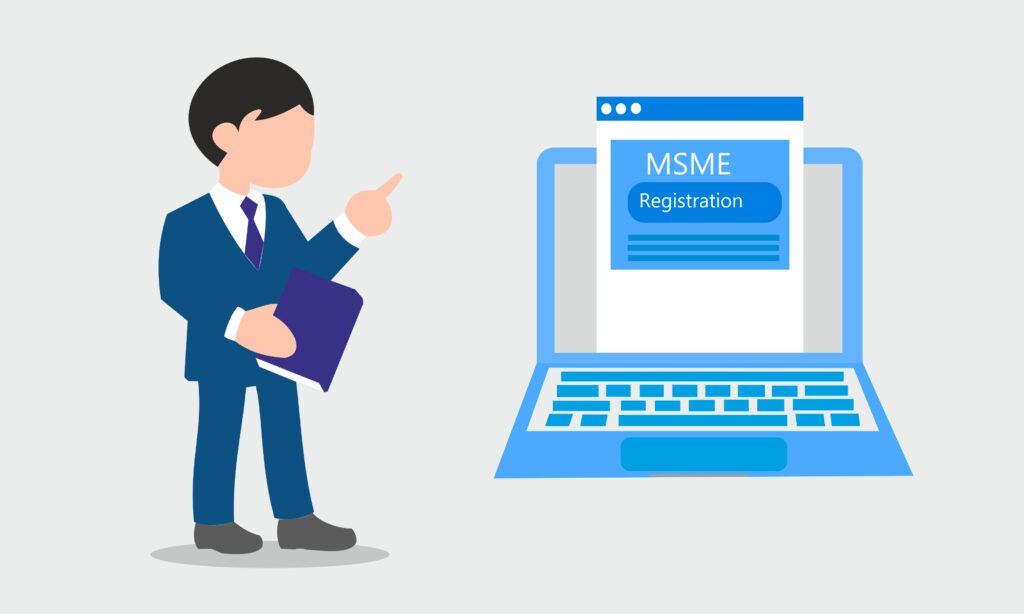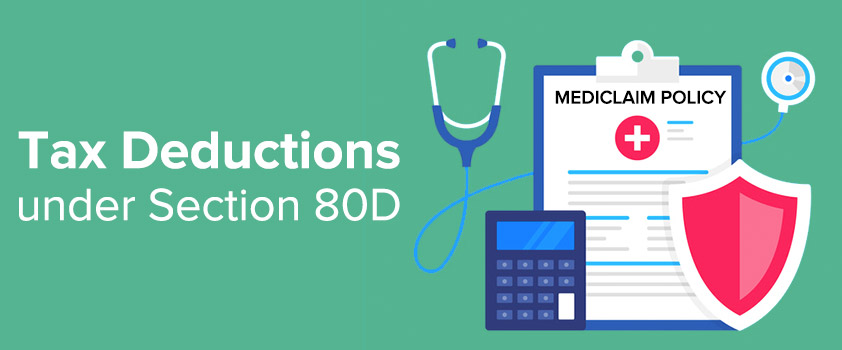Cost Records and Cost Audit Applicability
Rule 3 of Companies (Cost Audit and Records) Rules 2014 states that both domestic and foreign companies either in regulated or non-regulated sector engaged in production of goods or providing services with overall turnover from its all goods and services of 35 crore rupees or more is required to get the cost audit done compulsorily. Section 148 of the Companies Act, 2013 contains provisions relating to the cost records and cost audit applicability under the Companies Act. The salient feature of section 148 are summarized hereunder – Section 148 (1) empowers the Central Government to direct the companies specified in the production of goods or provisions of service to include particulars relating to utilization of material or labour or other items of cost in the books of accounts of the company; List of specified companies, which needs to maintain the cost records, is provided under Table A and Table B of rule 3 of the Companies (Cost Records and Audit) Rules, 2014; Section 148 (2) empowers the Central Government to direct, based on the net worth or turnover of the company, audit of cost records of the specified class of companies; Rule 4 of the Companies (Cost Records and Audit) Rules, 2014 contains the provisions relating to the companies which are liable to get their cost records audited; Cost audit shall be conducted by the cost accountant who is appointed by the Board; In case of any default on the part of the company, it shall be punishable with the fine of an amount not less than INR 25,000, however, such fine cannot be more than INR 5 Lakhs. Further, every officer, in default, of the company shall be punishable with imprisonment for a term up to 1 year or with the fine not less than INR 10,000, however, the same cannot be more than INR 1,00,000; In case the cost auditor is in default, he shall be punishable in the manner as provided under section 147 (2) to section 147 (4). Cost Audit Applicability Cost audit was first introduced for companies engaged in manufacturing but with time its need has arisen in specified industries providing such goods and services. Rule 4 of Companies (Cost Audit and Records) Rules 2014 states the applicability of cost audit. Cost Audit limits: For regulatory sector-Having overall annual turnover during immediately preceding financial year of Rs.50 crore or more for all goods and services and Rs.25 crore for individual goods and services. For non-regulatory sector- Having overall annual turnover during immediately preceding financial year of Rs.100 crore or more for all goods and services and Rs.35 crore for individual goods and services. The requirement for cost audit under these rules shall not apply to a company which is covered in rule 3; and Whose revenue from exports, in foreign exchange, exceeds seventy five per cent of its total revenue; or which is operating from a special economic zone; which is engaged in generation of electricity for captive consumption through Captive Generating Plant. Meaning of the Term ‘Cost Records’ The definition of the word ‘cost records’ has been provided under rule 2 (e) of the Companies (Cost Records and Audit) Rules, 2014 which means books of account relating to the utilization of materials, labour and other items of cost as applicable to the production of the goods or provision of services as provided in section 148 of the Act and the Companies (Cost Records and Audit) Rules. Applicability of Cost Records Rule 3 of the Companies (Cost Records and Audit) Rules, 2014 contains two table namely Table A – regulated sectors and Table B – Non-regulated sectors. Cost records need to be included in the books of accounts of the companies being engaged in the production of goods or provision of service as covered under the table A or Table B and the total turnover from all its production or service in more than INR 35 crore during the preceding financial year. In a nutshell, cost records are mandatory in the case following conditions are satisfied – The company is engaged in manufacturing goods or provision of services which are listed in Table A or Table B; and Total aggregate turnover of the company from all its production or service is more than INR 35 Crore in the preceding financial year. Non-Applicability Of Cost Audit Requirement The companies which are covered under rule 3 are not required to get their cost records audited in case of the following situation – The company’s export revenue exceeds 75% of its total revenue. The export revenue needs to be in foreign exchange; or The company which is operating from the special economic zone; The company which is engaged in the generation of electricity for captive consumption through Captive Generating Plant. Cost Audit Procedure The category of companies specified in rule 3 and the thresholds limits laid down in rule 4, shall within one hundred and eighty days of the commencement of every financial year, appoint a cost auditor. The cost auditor so appointed shall submit a certificate that: (a) the individual or the firm so appointed is not disqualified for appointment under the Act (b) the individual or the firm satisfies the criteria provided in section 141 of the Act (c) the proposed appointment is within the limits laid down by or under the authority of the Act (d) the list of proceedings against the cost auditor or audit firm or any partner of the audit firm pending with respect to professional matters of conduct, as disclosed in the certificate, is true and correct. Every company shall inform the appointment of cost auditor to the Central Government within: a period of thirty days of the Board meeting in which such appointment is made or within a period of one hundred and eighty days of the commencement of the financial year, whichever is earlier In form CRA-2, along with the fee. Every cost auditor appointed as such shall continue in such capacity till the expiry of one hundred and eighty days from the closure of the
Cost Records and Cost Audit Applicability Read More »


